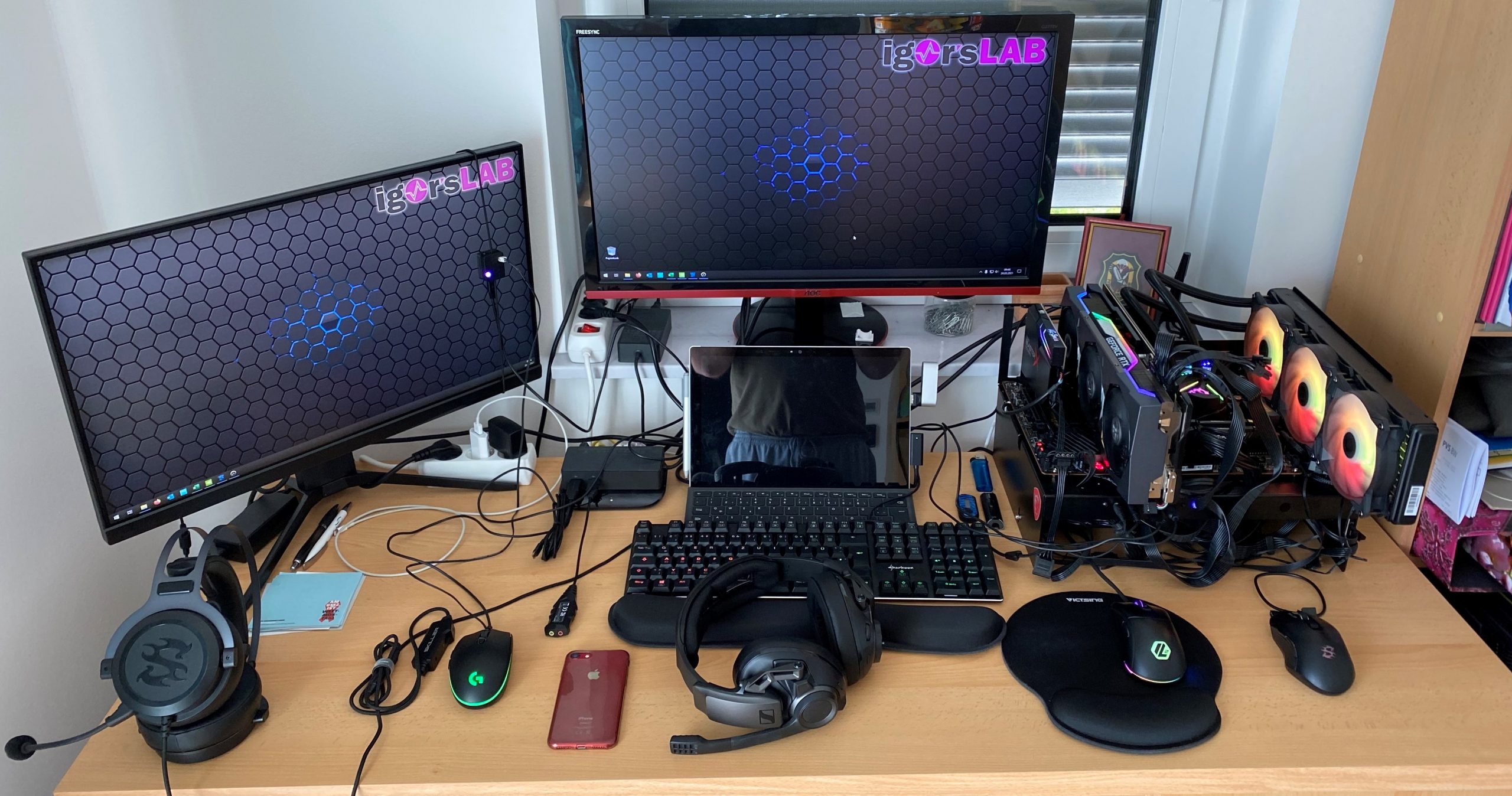Hello,
Sorry if this has been done before... A lot of video games tweak guides recommend the use of V-Sync with triple buffering. I understand this prevents screen tearing but it also locks the frames at 60 fps (with a 60hz monitor) and creates input lag/stutters.
What does Free-Sync do? Does it allow you to both prevent screen tearing but also minimize input lag/stutters by letting the monitor match the GPU in terms of frames (by varying the hz frequency).
Is Free-Sync the same as G-Sync? The guide at the top of the forum says it is different but it was written in 2017. Some research online suggests it is now compatible....?
I am trying to assess whether there would be an advantage in getting a monitor with Free-Sync (G-Sync) or not, in particular to get rid of some stutters.... I have a Nvidia GPU (RTX 3070) I am trying to use to its full potential....
Thank you for enlightening me.
Sorry if this has been done before... A lot of video games tweak guides recommend the use of V-Sync with triple buffering. I understand this prevents screen tearing but it also locks the frames at 60 fps (with a 60hz monitor) and creates input lag/stutters.
What does Free-Sync do? Does it allow you to both prevent screen tearing but also minimize input lag/stutters by letting the monitor match the GPU in terms of frames (by varying the hz frequency).
Is Free-Sync the same as G-Sync? The guide at the top of the forum says it is different but it was written in 2017. Some research online suggests it is now compatible....?
I am trying to assess whether there would be an advantage in getting a monitor with Free-Sync (G-Sync) or not, in particular to get rid of some stutters.... I have a Nvidia GPU (RTX 3070) I am trying to use to its full potential....
Thank you for enlightening me.



